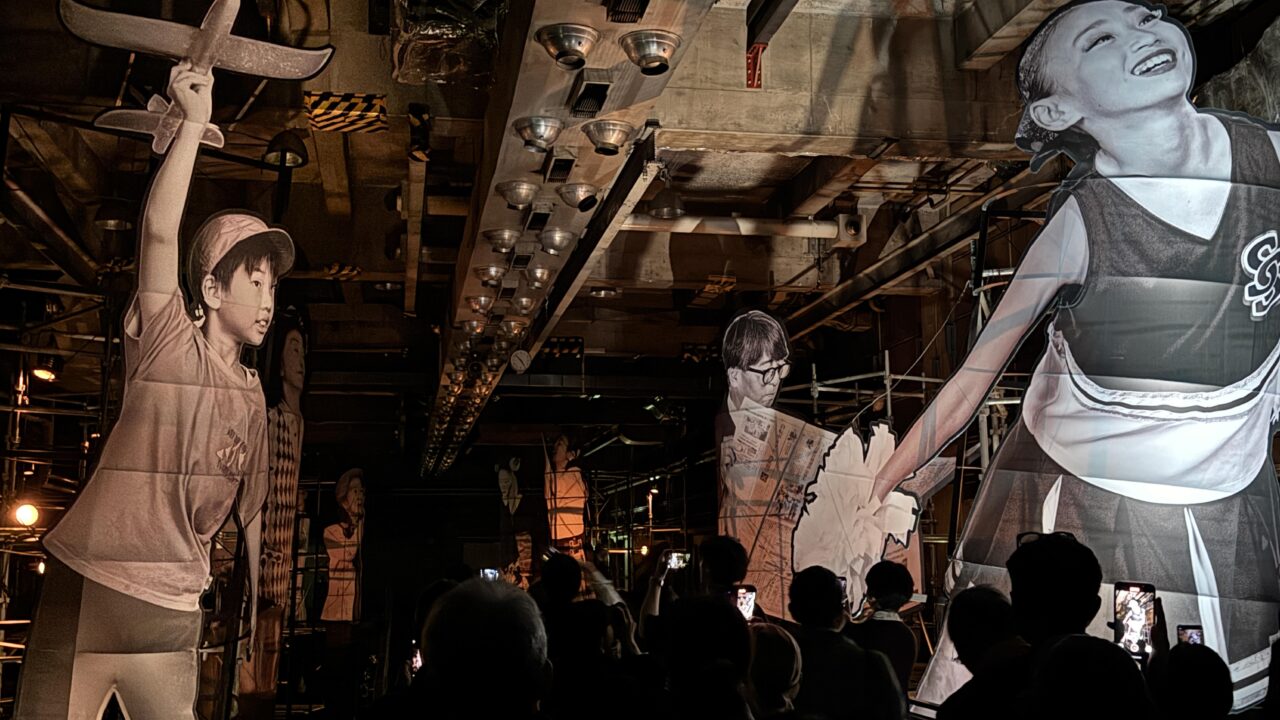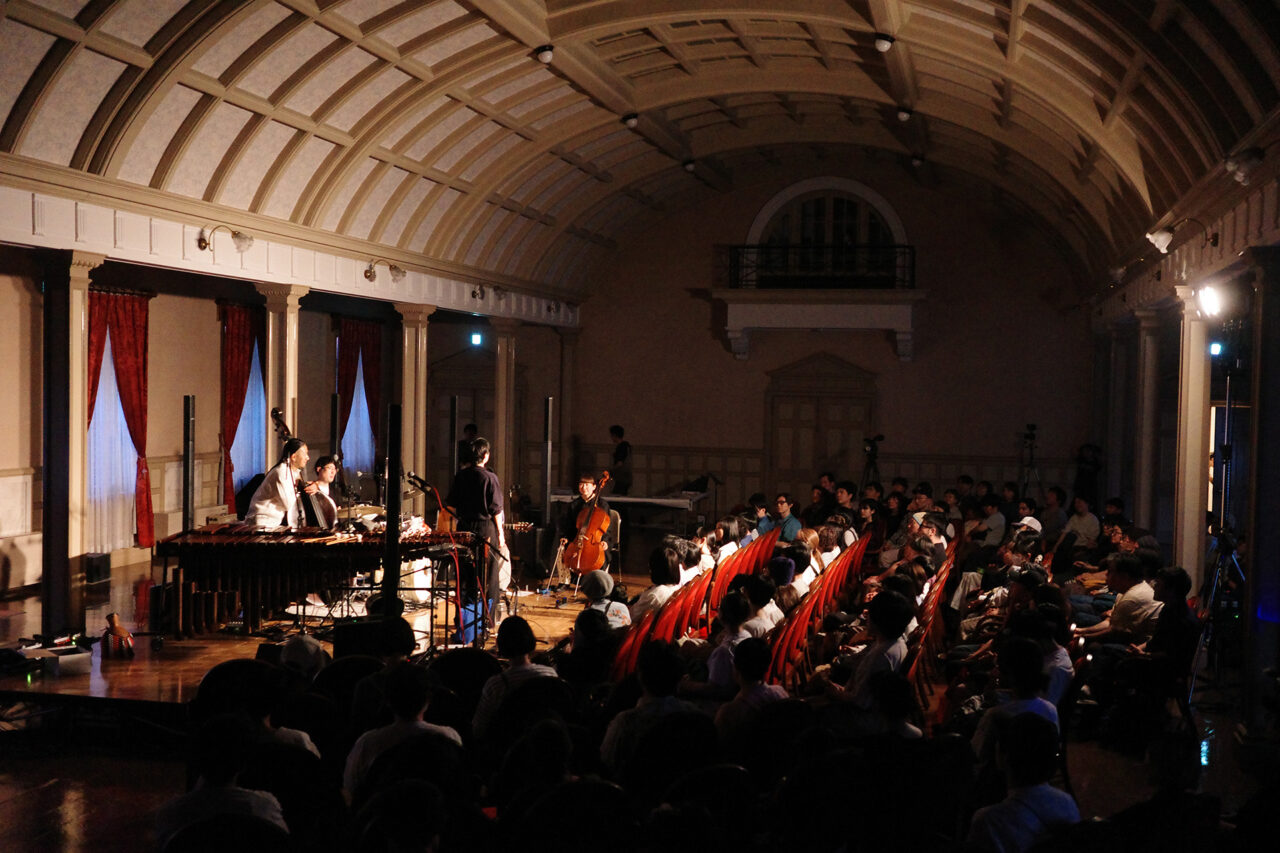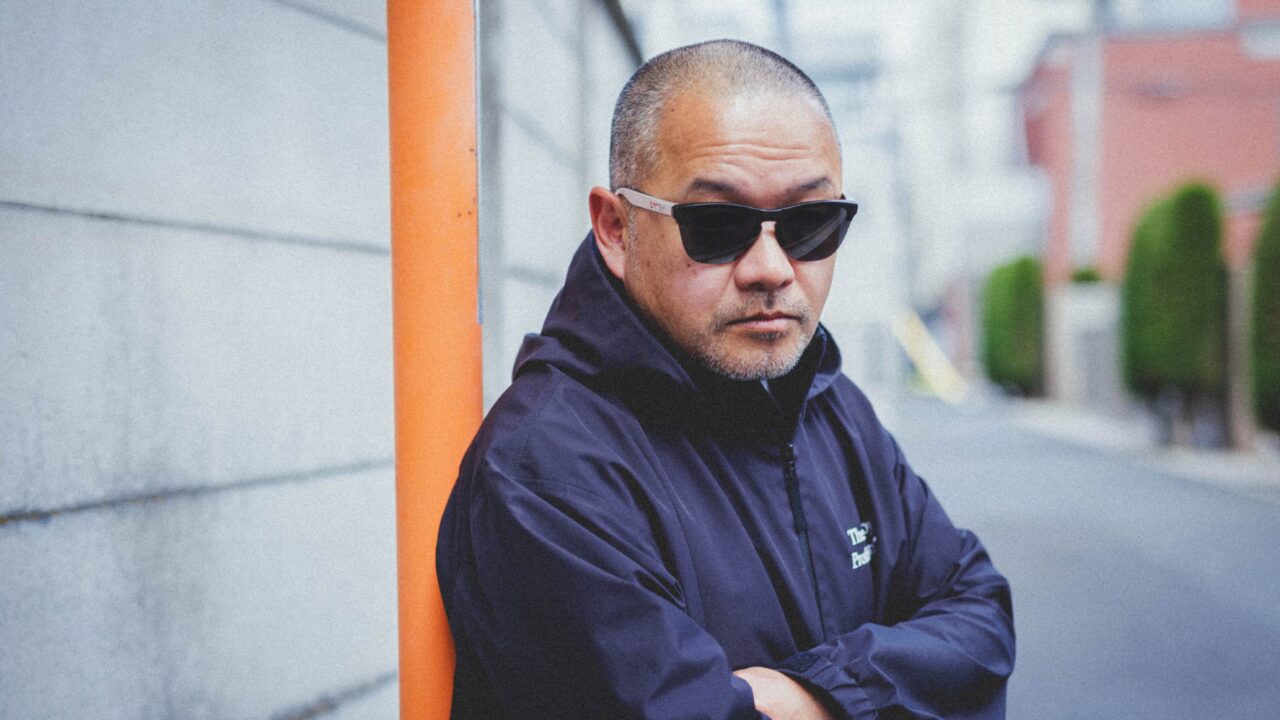Recently released compilation of Cornelius’ ambient tracks titled “Ethereal Essence.” When discussing the announcement of its release, there was a surprising revelation.
Considering his albums like “夢中夢 -Dream In Dream” (2023), which explores ambient pop, his participation in “AMBIENT KYOTO 2023,” and the recent revival of ambient music, it might seem like a natural progression. However, Cornelius has maintained a cautious distance from ambient music.
In this article, we delve into how Cornelius, or Keigo Oyamada, has embraced ambient music and integrated its aesthetics into his unique sound design, influenced by minimal music. The interview, conducted with the former editor-in-chief of ‘STUDIO VOICE,’ Masato Matsumura, as the interviewer, was conducted in a relaxed atmosphere, following a discussion about their mutual friend, Masaya Nakahara.
INDEX

Born in Tokyo in 1969. Made debut in 1989 as a member of Flipper’s Guitar. After the band disbanded, started solo career as Cornelius in 1993. In June 2023, released 7th original album “夢中夢 -Dream In Dream-“. Participated in “AMBIENT KYOTO 2023” from October of the same year, releasing cassette work “Selected Ambient Works 00-23”. Celebrated 30th anniversary in 2024, releasing compilation “Ethereal Essence” centered around recent ambient-influenced works. Actively engages in collaborations, remixes, and productions with numerous artists both domestically and internationally.
Exploring Cornelius’ Approach to Ambient Music
-How did you come to produce ambient music as Cornelius?
Oyamada: We often created ambient music for corporate commercials, music for commercial facilities, TV-related music such as “Design Ah”, and web advertisements. In those occasions, there was visual information such as images, so there was no need to use music to explain the situation, and I really made it as background music.
-The cassettes on sale at “AMBIENT KYOTO 2023” included music from “POINT” (2001) onward, but do you have a clear sense of what came before or after “POINT”? Do you have a clear sense of what came before or after “POINT”?
Oyamada: Yes, I do. After “POINT,” I changed my basic style from time to time.
-I think you have changed little by little from there. POINT” and “SENSUOUS” (2006) are different, and “Mellow Waves” (2017) is totally different. The changes are a result of the feelings you had when you were making each one, right?
Oyamada: It could be the time period or my own situation.
-It depends on the time period and your own situation.
Oyamada: I feel like I’m always slightly aware of it.
-I feel that I have always had a slight sense of ambient sounds and minimalism in my music.
Oyamada: Well, you know… I think things like “serenity,” and also, the resonance of sound, the texture of the sound are important. With ambient music, it feels like texture comes to the forefront more than melody or rhythm. Even though this time I’ve compiled my ambient-like tracks, being originally a pop-oriented person, I still feel like the structure tends to be pop-like as I create it.
–Do you have much self-awareness that you are making ambient music?
Oyamada: I don’t think it is pure ambient music.






























